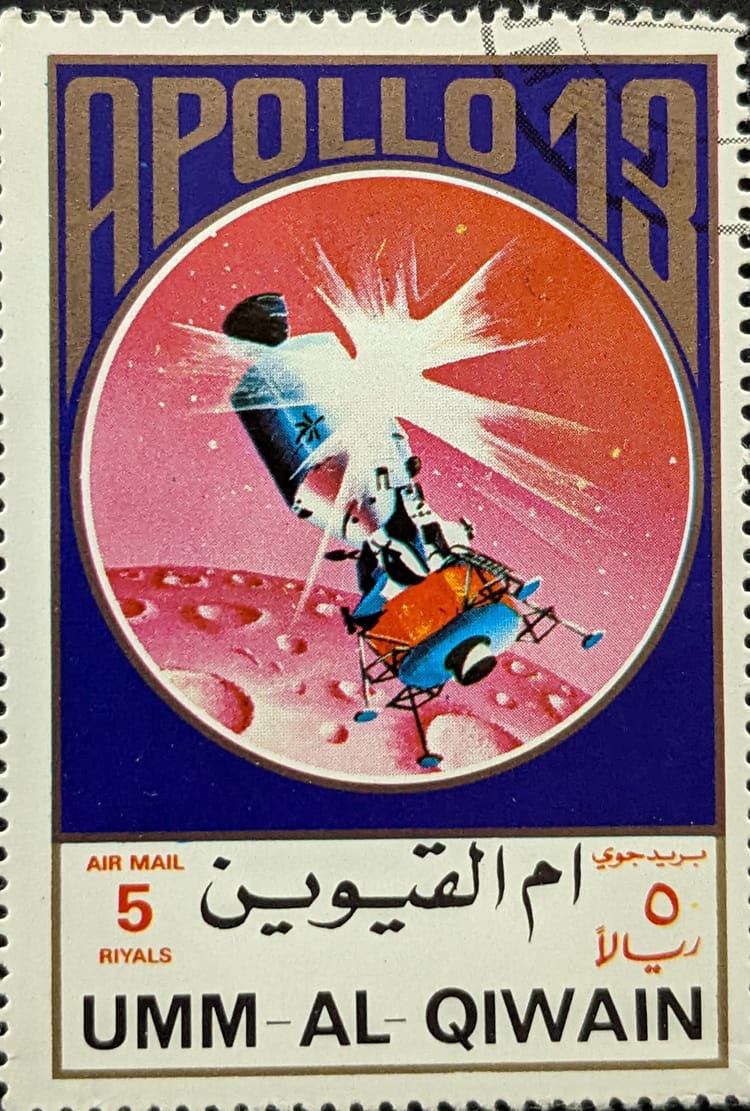Troubled Landings, Mixed Roles
SpaceX launched another 60 Starlink satellites into orbit yesterday morning. There are all sorts of interesting little facts thrown out by media and fans alike, such as:
- the Starlink payload will launch with a booster that’s already been launched four times;
- The newly added satellites mean the constellation is ~50 satellites shy of the required “minimum” number for North American coverage
- SpaceX remains the largest satellite operator on Earth
Trouble Nailing the Landing
The Falcon 9 booster, the rocket’s first stage, failed to land. This is the second time during 2020 in which a SpaceX booster was unable to nail the landing. Sharp-eyed observers saw something strange occur to the first stage before it separated from the second stage:

Informal back and forths on Twitter between Elon Musk and his followers reveal nothing much, only that one of the Falcon 9’s engines shut down early (which might be that puff seen in the video linked above). Musk noted the single engine shutdown didn’t impact the mission:

The remaining eight engines operated about five seconds longer than initially planned, making up for the loss of the one engine (by design). Some SpaceX followers are guessing the engine itself (the one that “shutdown”) was critical for a successful landing or that more fuel was expended during those five or so seconds, which consumed too much fuel to conduct a successful landing. Either guess is plausible, especially considering just how much mass is launched for each Starlink deployment (15,600 kilograms, which probably pushes the reusability limit). But no real cause has been floated by Musk or SpaceX just yet.
It’s a little concerning to see a company fail in an activity that it’s built up a reputation for doing well. At the same time, landing rockets is still a relatively new reality in the world of launch service providers. SpaceX is still the only company doing that operationally. That said, if SpaceX is serious about Starship/Super Heavy as reusable systems, the company is hopefully learning a lot from the “thorough investigation” into these landing failures. Based on the company’s history, it probably is.
Customer and Launch Provider?
The most interesting thing about this latest launch, or all Starlink launches, is that SpaceX launches rockets with fairings filled satellites it owns. This expansion of launch demand using an internal base appears to be a new dynamic in the space business.
SpaceX is now running two businesses. Both are space businesses, but very different from each other. One business, launch, is part of space transportation infrastructure. It’s the part that gets things from here to there, or, more accurately, from here to space. But SpaceX’s Starlink business is a different animal--its communications infrastructure--specifically wireless broadband communications. That’s the part that gets data from here to there (and hopefully back again, very quickly).
No other commercial launch service provider has followed in SpaceX's footsteps, yet. It's likely, however, that Blue Origin will do the same thing with Amazon's Project Kuiper satellites. Like SpaceX, Amazon will become a launch service provider and a space-based broadband service. Of course, Blue Origin needs to be operational first, as does Project Kuiper.
It should be noted, though, that Amazon has already successfully created communications infrastructure (as well as transportation infrastructure) here on Earth. It's also learning about satellite ground architecture and operations with AWS Ground Station. Once Amazon’s Project Kuiper gets put in place, it will be very familiar with satellite operations. It also won’t be nearly as reliant on communications infrastructure run by other companies to conduct its business.
Whether it's Blue Origin or SpaceX, the addition of either company's satellite business (an internal customer) to their external customer-sets for their launch services provides some flexibility while lowering satellite deployment costs.
For example, even when faced with a low customer launch-cadence, SpaceX will continue a high number of annual launches because it needs to deploy its Starlink satellites. Since the company is manufacturing around seven satellites per day, there are plenty of Starlink satellites ready for deployment.
I don’t believe anyone has questioned SpaceX’s decision to launch Starlink constellations using SpaceX rockets. It makes too much sense. The Falcon 9 rocket is very capable and reliable. It keeps the launch part of the company busy, launching Starlink satellites whenever there’s a gap in the launch manifest. SpaceX’s already low-cost launch service happens to be the least expensive option as well (likely lower than the $50 million some SpaceX customers are paying) The low costs allow the company to save money from launch activities and use it elsewhere.
If SpaceX even considered using rival launch services to launch Starlink satellites, it's fairly easy to see why the company went the way it did. Imagine attempting to deploy nearly 12,000 satellites using ULA or Arianespace launch pricing at 60 satellites per launch, requiring 200 launches in total. All required launches would cost more than the satellites themselves: around $26 billion (if we estimated their launches at $130 million each). That’s more than the cost of the 12,000 satellites (which at an estimated $300k per satellite would add up to $3.6 billion).
The math alone seems to present a pretty good reason for SpaceX to launch its satellites with its rockets. Although Falcon 9 launches may end up costing around $10 billion for Starlink deployments--based on the unlikely high price of $50 million. If Blue Origin's New Glenn launches are as inexpensive as SpaceX's, then Blue Origin, an Amazon company, will launch Project Kuiper satellites, as well as satellites for external customers.
In the end, it's not clear that SpaceX or Blue Origin, the launch companies, will profit from launching their satellites. What is clear is the satellite businesses of both will profit from low costs to launch and deploy large broadband constellations. SpaceX intends to have Starlink profits aid in its Mars goal. It's unclear how Blue Origin will profit from Project Kuiper. But the trend of one business buttressing another within a company may prove smart.
Whether the legacy launch providers such as Northrop Grumman, ULA, and Arianespace can survive remains to be seen. It's unclear if launch alone will sustain them.




Comments ()